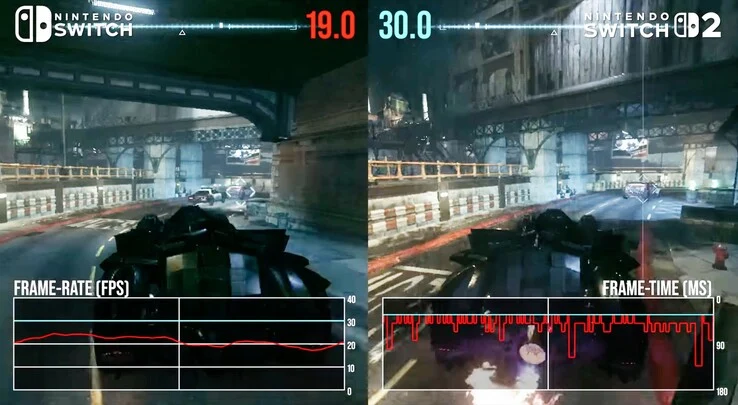Key Takeaways
1. RISC-V is an open and adaptable instruction set architecture (ISA) that serves as an alternative to proprietary architectures like x86 and ARM.
2. RISC-V is gaining popularity in various tech areas, including embedded devices and microcontrollers.
3. The felix86 emulator allows x86 and x86-64 applications to run on RISC-V processors, including notable games and the Linux Steam client.
4. Despite the ability to launch games, felix86 faces significant performance challenges on RISC-V systems.
5. Current RISC-V processors have limited raw performance and fewer processing cores available for users.
RISC-V is a freely available instruction set architecture (ISA) that lays the groundwork for creating custom processors, providing a substitute for proprietary architectures like x86 and ARM. Due to its open nature, adaptability, and cost-effectiveness, RISC-V is rapidly gaining traction across various areas of the tech industry, appearing in embedded devices, microcontrollers, SSD controllers, and more. One lesser-known use of RISC-V is in the field of emulation.
Felix86 Emulator Rising
Within this framework, felix86 is a Linux userspace emulator that enables the execution of x86 and x86-64 applications on RISC-V processors. Initially introduced in March, felix86 has recently attracted interest for its capability to run notable games and even the Linux Steam client on RISC-V systems. In a blog entry about version 25.07, the developers demonstrated that high-profile video games can indeed be executed via felix86, including titles like The Witcher 2, The Witcher 3, and Crysis.
Performance Challenges Ahead
Nonetheless, just because these games can be started doesn’t mean they run smoothly; the felix86 emulator is reportedly still facing significant performance challenges. To make matters worse, the current raw capabilities of RISC-V processors are not incredibly robust. The quantity of processing cores available on these systems for end users remains significantly restricted.
Source:
Link





